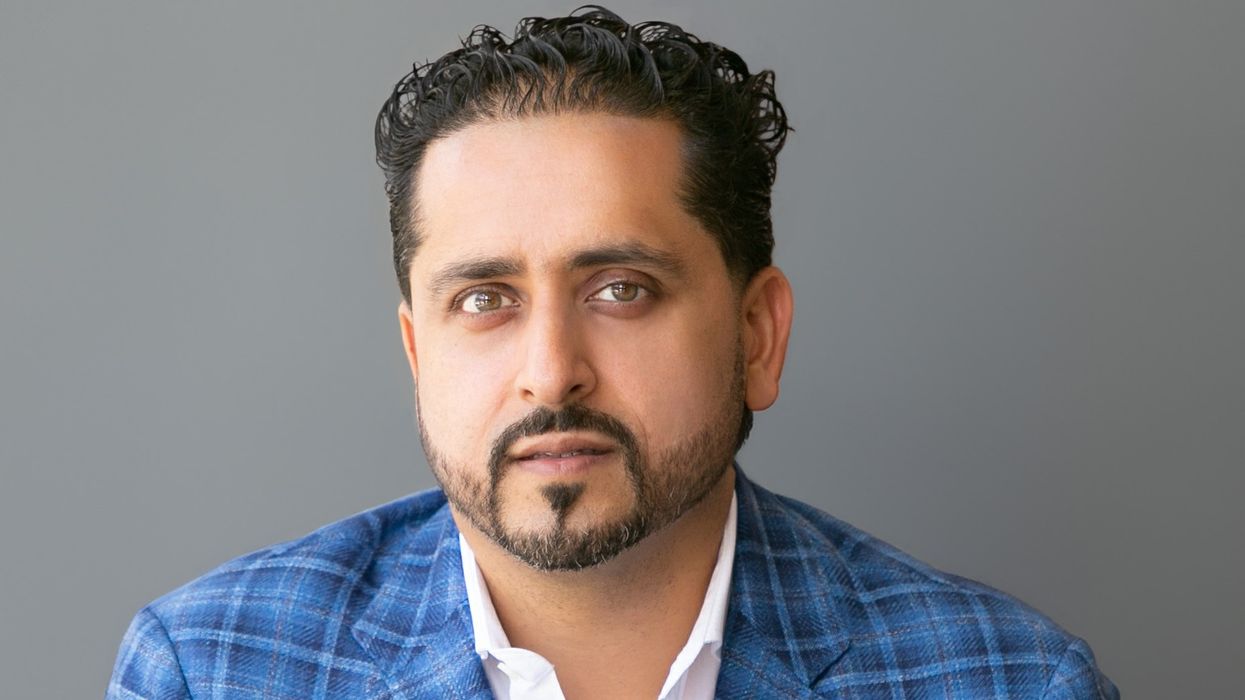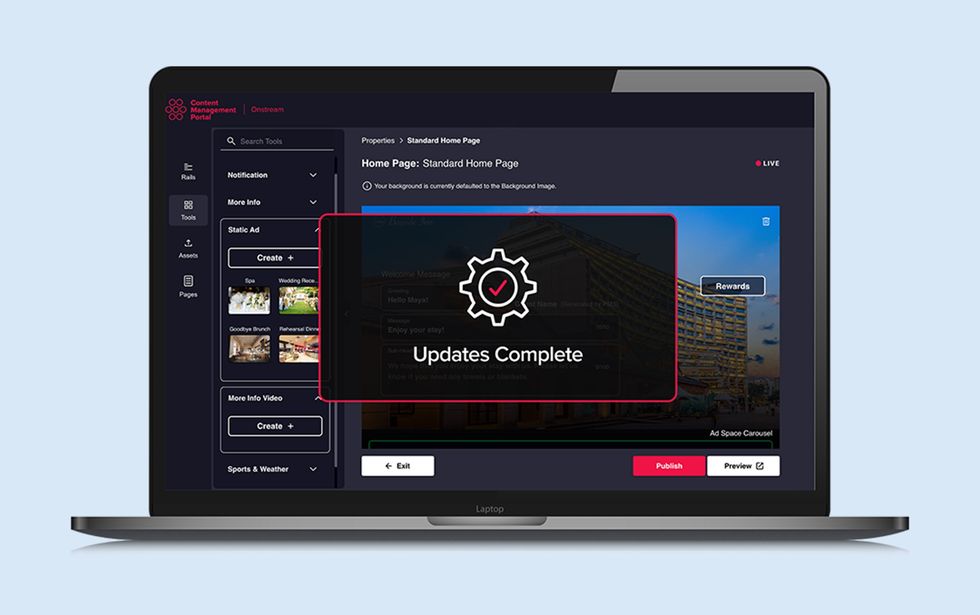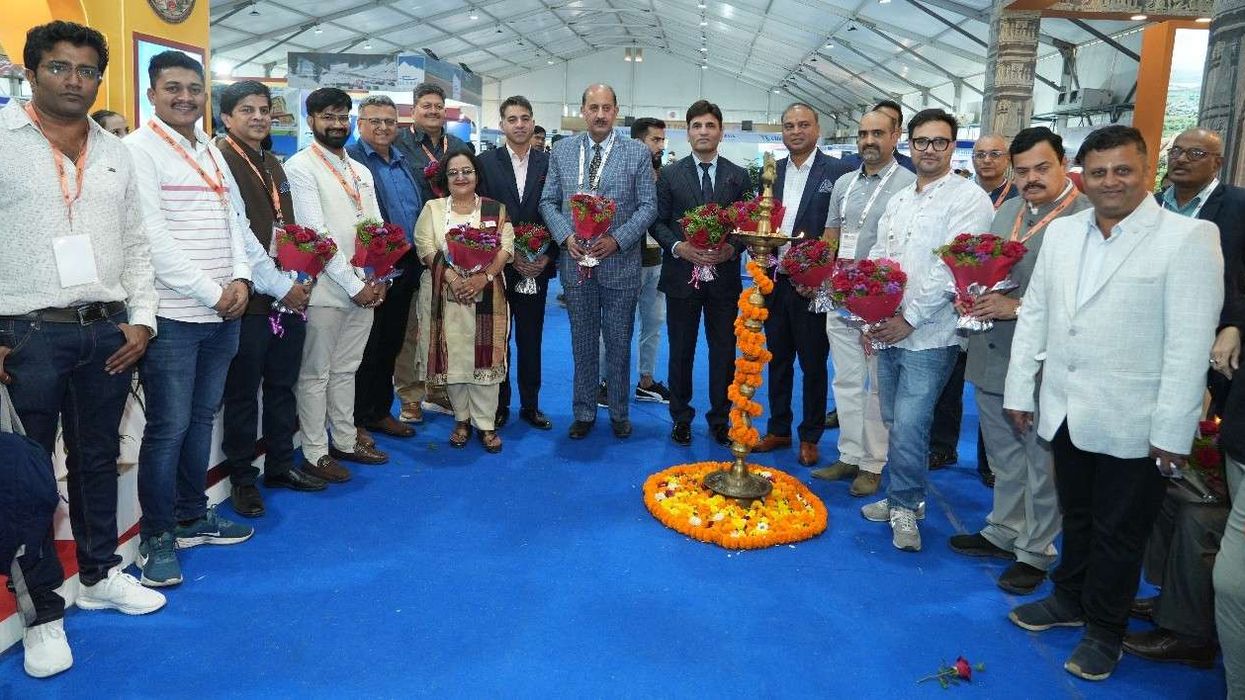The Deep Plane Facelift is an advanced surgical technique that has profoundly changed traditional approaches to aesthetic facial surgery. Instead of simply tightening the skin, the Deep Plane method operates on the deep anatomical layers, allowing for a more natural, comprehensive, and durable rejuvenation effect.
The Core Technique and Its Advantage
Facial aging is characterized not only by collagen loss in the skin but, more significantly, by the descent of deep soft tissues—specifically the facial fat pads and the underlying muscle-fascial structure known as the SMAS (Superficial Musculoaponeurotic System). This process leads to the loss of the youthful inverted triangle shape (the V-shape), the formation of jowls, and sagging of the neck.
Traditional facelifts often separated the skin from the SMAS and primarily tightened tissues horizontally, which could result in an unnatural, pulled, or stretched appearance. The Deep Plane technique is distinct: the surgeon elevates the skin, the SMAS, and the deep fat pads as a single, composite unit. This approach allows for the repositioning of the sagging structures in a vertical, natural direction, restoring volume to the mid-face and cheekbones.
A key benefit of this method is that it achieves the lift without tension on the skin, ensuring the face looks refreshed and smooth, rather than strained. Because the Deep Plane involves less skin dissection, the blood supply to the skin is better preserved, contributing to faster healing and a more stable result that can last 10–15 years.
You can find more details about this coincidence here: https://www.warsawaesthetic.com/treatments/face-plastic-surgery/deep-plane-face-lift
The Deep Plane Recovery Process Explained
While the Deep Plane Facelift is a major surgery, its technique often allows for a quicker and more comfortable recovery compared to older, more superficial methods. Patience and adherence to post-operative instructions are crucial for optimal results.
The First Week (Days 1–7): Peak Swelling. Immediately following the procedure, patients will experience discomfort, numbness, and tightness in the face and neck. Swelling and bruising are maximal during the first three days. During this critical period, strict rest with the head elevated (in a semi-reclined position) is essential to minimize swelling and bleeding risk. Heavy lifting or strenuous activity is strictly prohibited. Skin sutures are typically removed toward the end of the first week or early in the second.
The Second Week (Days 8–14): Returning to Function. Swelling and bruising begin to diminish significantly during this phase. The face and neck may still appear somewhat puffy, but visible signs improve daily. Many patients feel well enough to return to non-strenuous office work and resume light daily activities by the end of the second week. The sensation of tightness and numbness, particularly around the ears, is normal and continues to resolve.
The First Month (Weeks 3–4): Resuming Activity. By one month post-op, the majority of swelling and bruising have resolved, and the facial contours are becoming noticeably defined. Patients are usually cleared to begin light exercise and physical activity (after consulting their surgeon). Scars are healing well, and scar-fading products can often be introduced. The results of the surgery are clearly visible at this stage.
Full Healing (3–6 Months): Final Result. Although patients look and feel significantly better within a month, the complete resolution of deep tissue swelling and the return of full sensation can take three to six months. Only after this time can the final, long-lasting results of the Deep Plane Facelift be fully appreciated. Consistent sun protection and diligent scar care remain important to maintain the best outcome.
Your Time to Reclaim the "Youth Triangle"
Deciding on a facelift is a deeply personal journey, yet the desire is universal: to have an outer appearance that matches the vitality you feel inside. The Deep Plane Facelift offers a solution that moves beyond simple cosmetic changes, providing true, structural rejuvenation. It doesn't just tighten; it subtly yet powerfully reverses the effects of gravity, restoring the graceful contours of the "youth triangle" without making you look like someone else.
If you are seeking a method that promises longevity, naturalness, and a fundamental correction of facial descent, this advanced technique may be your ideal path. The first and most crucial step is always a consultation with an experienced, certified plastic surgeon specializing in the Deep Plane method. Only an expert can assess your unique anatomy and confirm if this revolutionary procedure is the key to unlocking the fresher, younger version of yourself.
This article is paid content. It has been reviewed and edited by the Asian Hospitality editorial team to meet our content standards.














